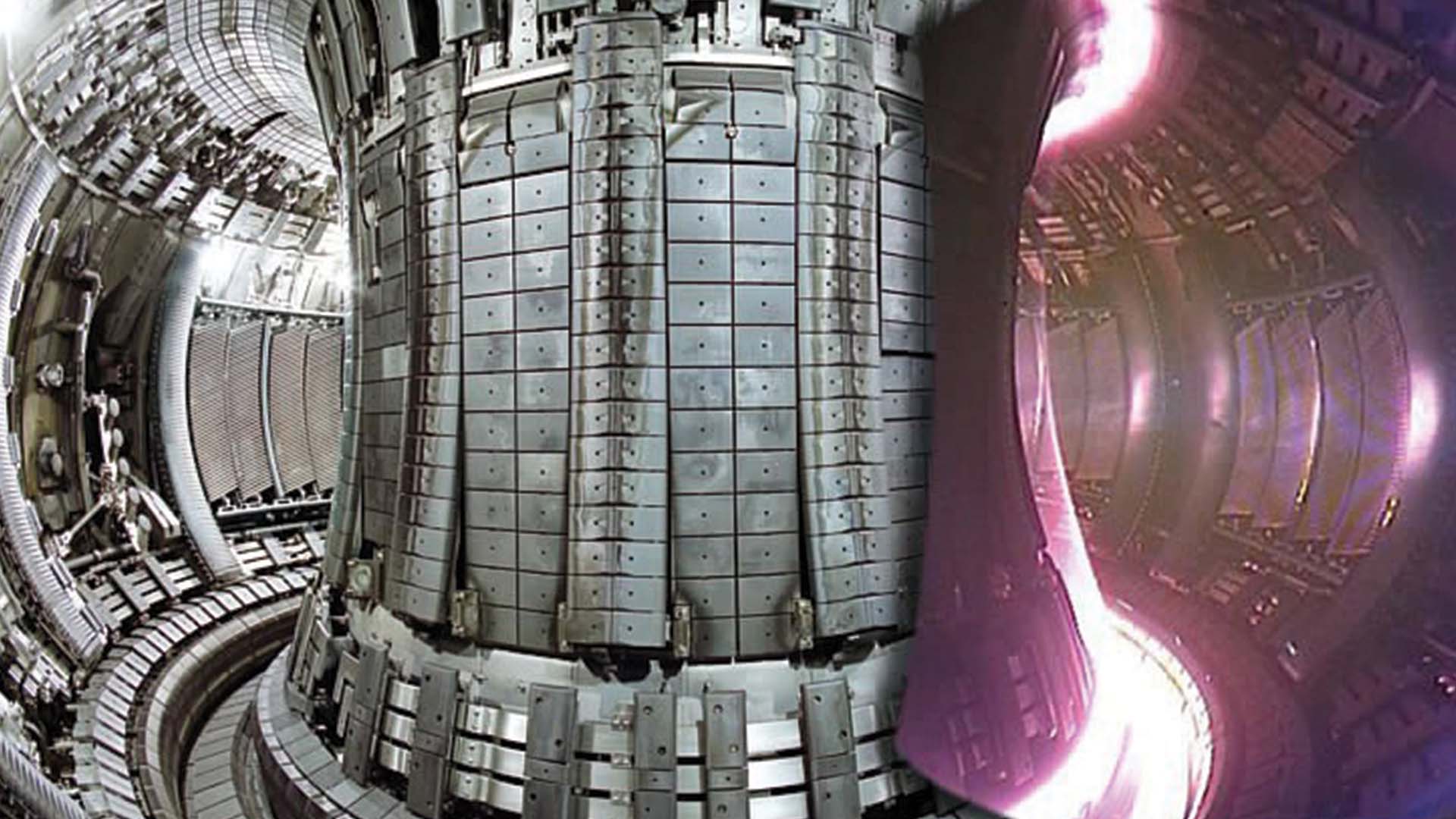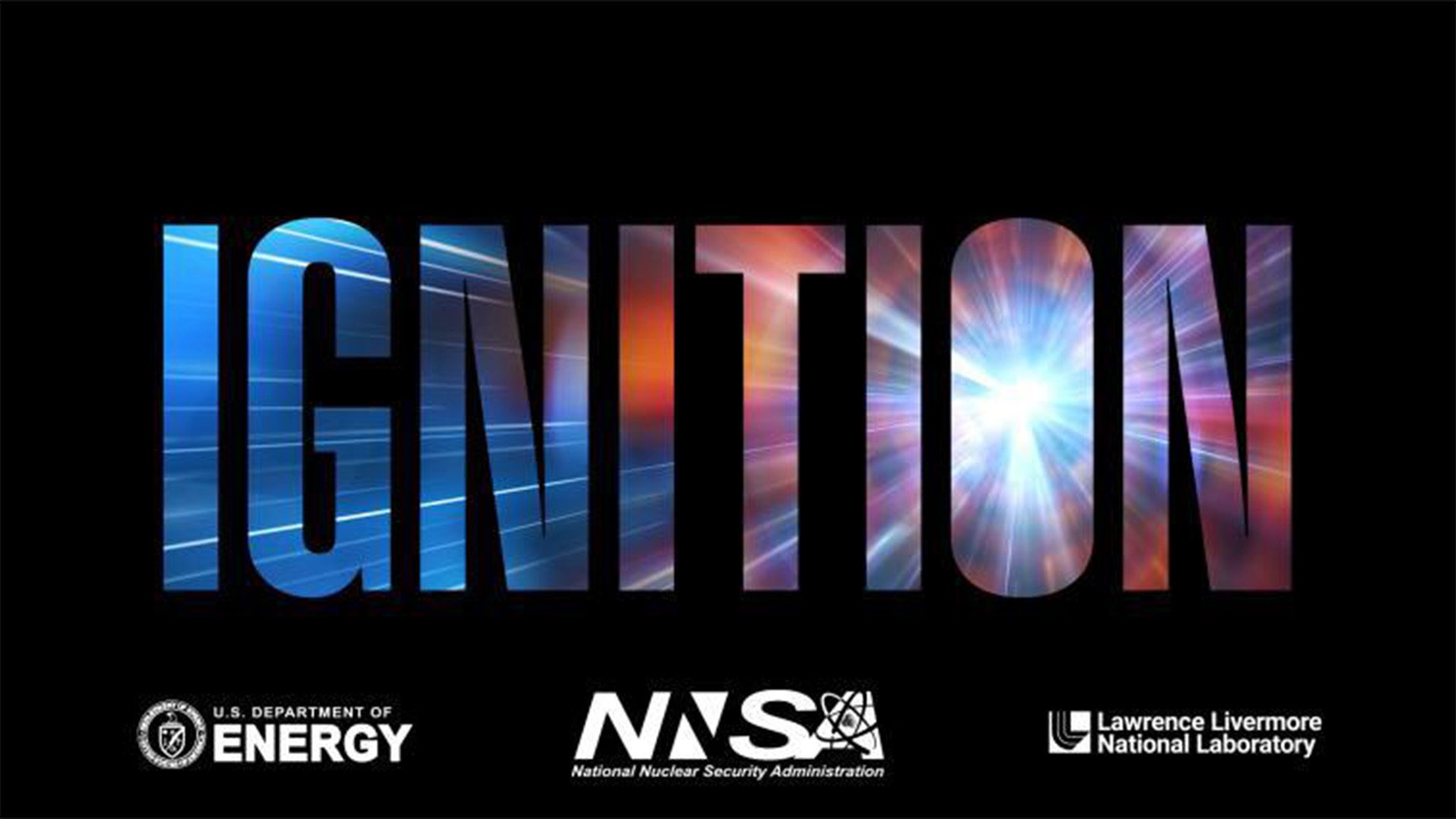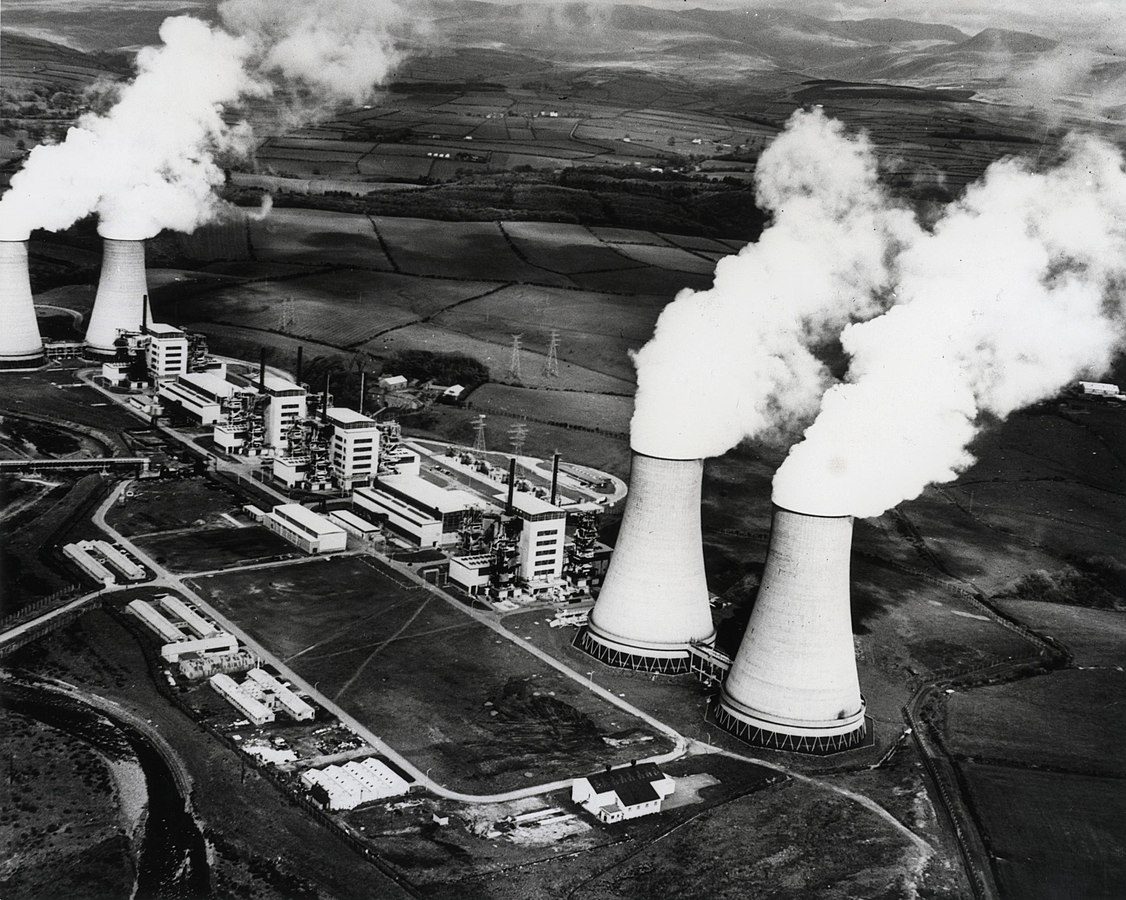Researchers at the Lawrence Livermore National Laboratory in California have successfully repeated the breakthrough nuclear fusion experiment of achieving a net energy gain. The experiment represents a further step in the pursuit of zero-carbon power for clean energy.
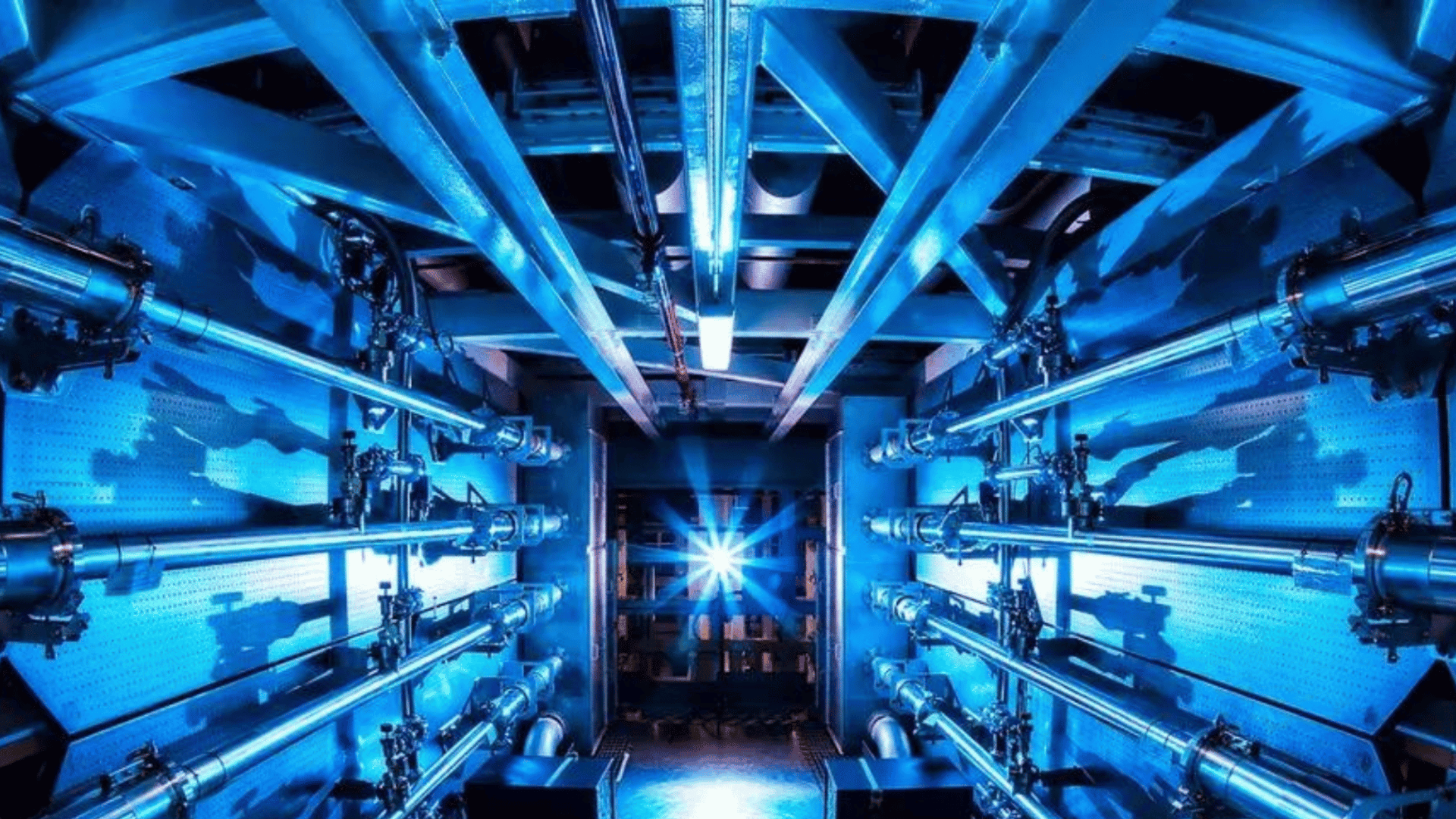
Nuclear Fusion Ignition
On July 30, the scientists repeated the fusion ignition breakthrough in which a laser focuses on a target of fuel to fuse two light atoms into a denser one, releasing the energy. In this experiment, 3.15 megajoules of energy were generated as output after 192 laser beams delivered 2.05 megajoules of input power. In other words, the experiment produced more energy from fusion than the laser energy used to drive it.
While data from the experiment is still being analyzed, a spokesperson confirmed that the experiment achieved a higher energy yield than the first. As the Energy Department said, this is “…a major scientific breakthrough decades in the making that will pave the way for advancements in national defense and the future of clean power.”
The original experiment was successfully achieved on December 5, 2022. This was the first time that researchers had ever produced more energy in a fusion reaction than was consumed during the process—the first controlled fusion experiment in history to reach this milestone.
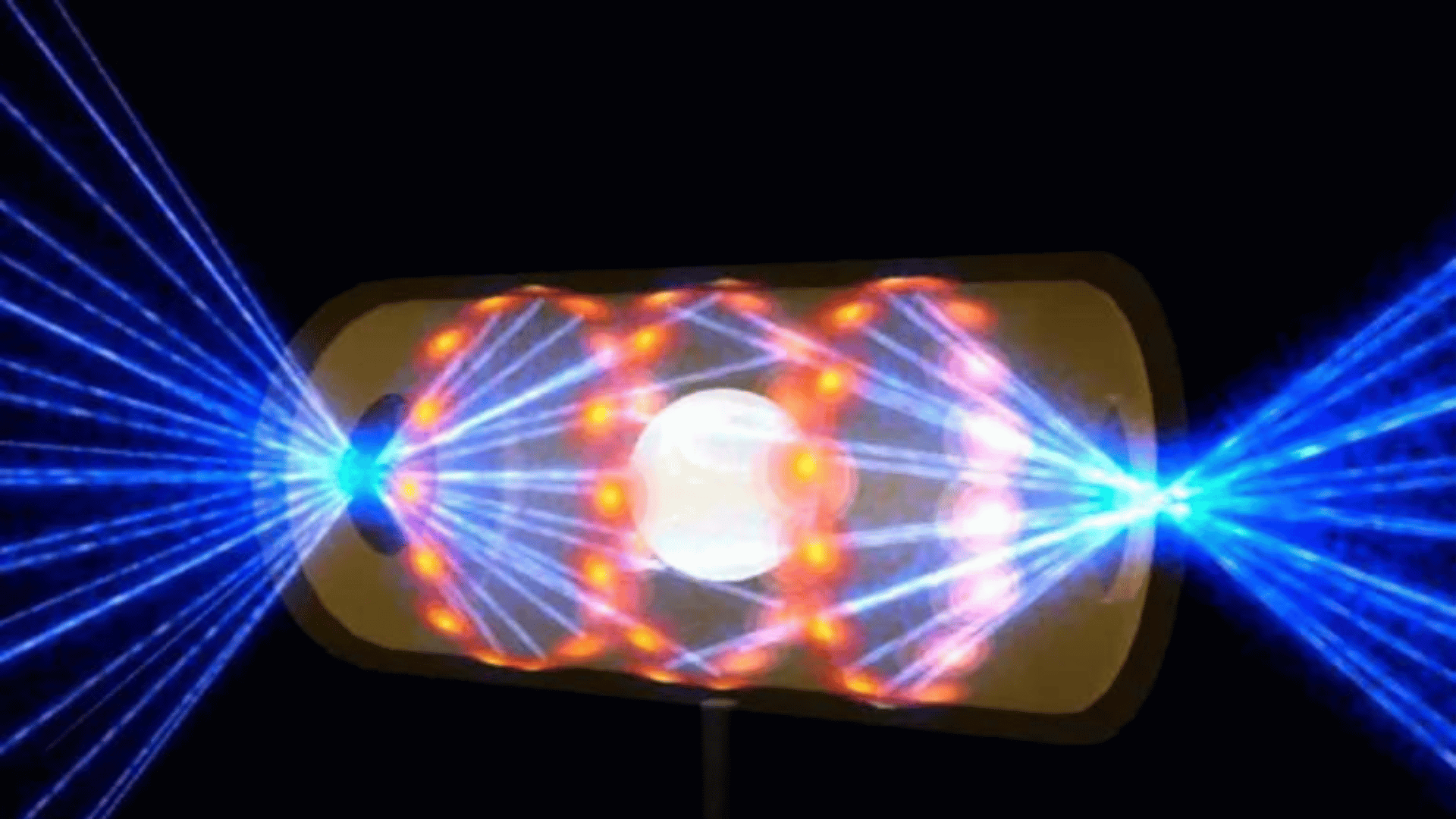
The Pursuit of Nuclear Fusion
Nuclear fusion is thought of as the ultimate answer to the world’s clean energy needs. A fusion reaction is about four million times more energetic than a chemical reaction, such as burning coal, oil, or gas, and it does not give off any greenhouse gas emissions.
However, as demonstrated in this experiment, achieving and sustaining nuclear fusion is an extremely tough feat. In order to fuse, hydrogen atoms need to be extremely hot and packed tightly and long enough to collide frequently. A fusion power plant thus requires developing materials that will withstand extreme environments, getting the plasma to sustain itself without external heating, transferring power efficiently, and creating tritium for fuel.
Scientists have achieved nuclear fusion in the lab before but have not been able to sustain it for a long enough time or generate enough power. For example, In February 2022, the Joint European Torus (JET) facility in the United Kingdom generated 59 megajoules of sustained energy for just five seconds. While this was a massive achievement, scientists have a long way to go until nuclear fusion is possible for power production.
Check out Tomorrow’s World Today’s four-part exploration of nuclear energy HERE.



